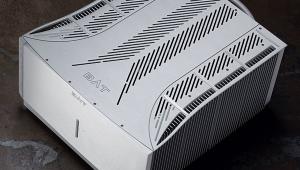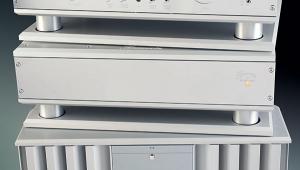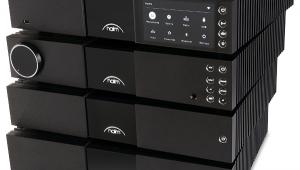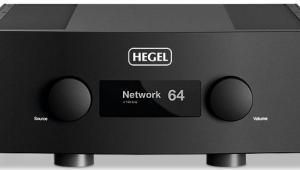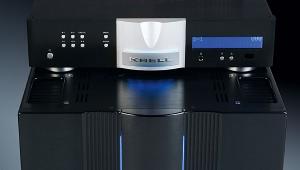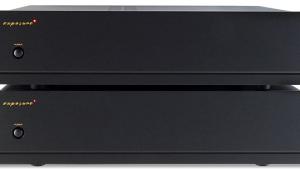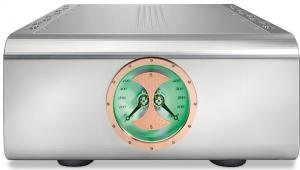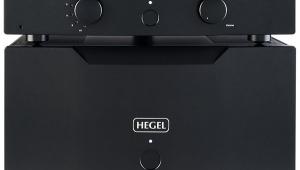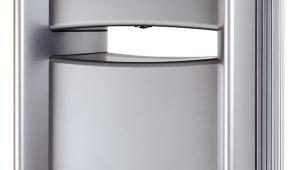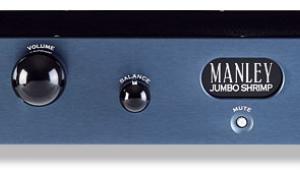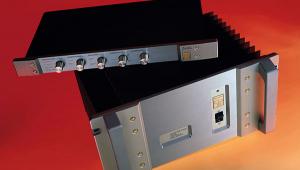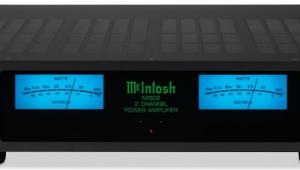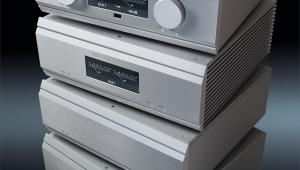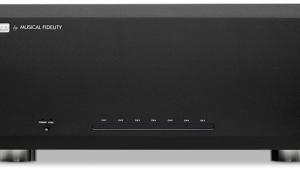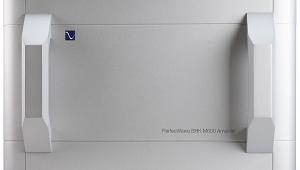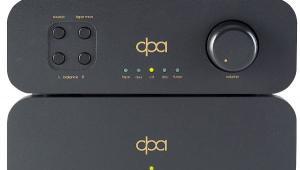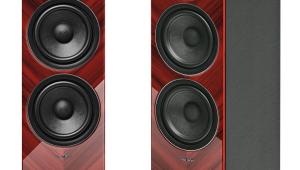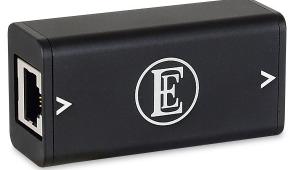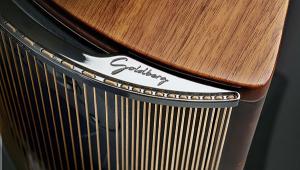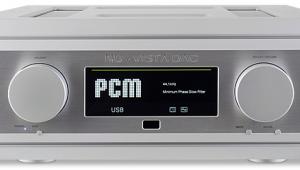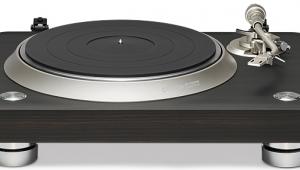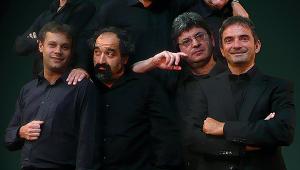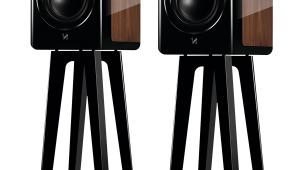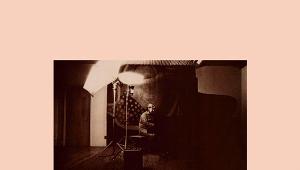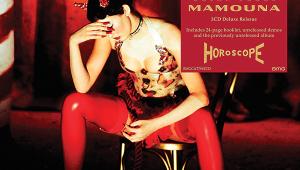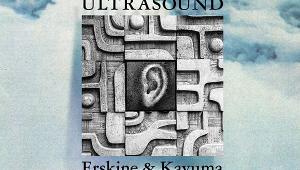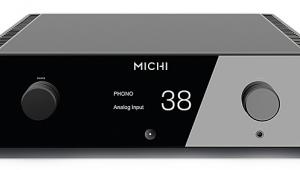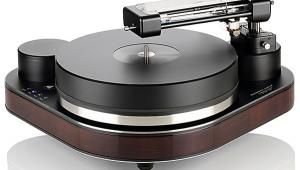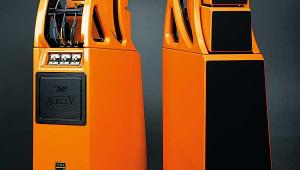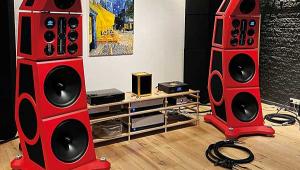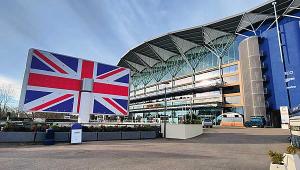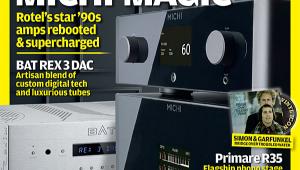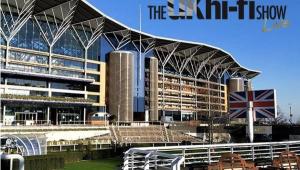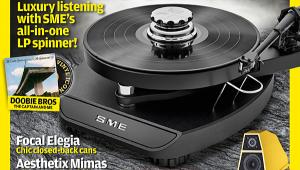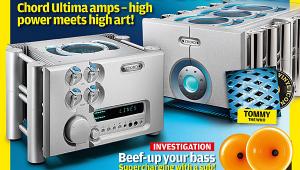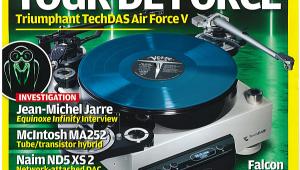Electrocompaniet EC 4.8 MKII/AW 800 M Pre/Power Amplifier

 Celebrating a legacy that stretches back 50 years, the Norwegian brand stamps its authority with the heavyweight AW 800 M flagship amplifier – a solid cube of power!
Celebrating a legacy that stretches back 50 years, the Norwegian brand stamps its authority with the heavyweight AW 800 M flagship amplifier – a solid cube of power!
There's a classical simplicity about this flagship pre/power amplifier combination from Electrocompaniet. The style – realised here with clear-on-black acrylic fascias with gold detailing – harks back to its first amp, 'The 2 Channel Audio Amplifier' [HFN Dec '11], based on Dr Matti Otala's tackling of 'Transient Intermodulation (TIM)' distortion, shortly after it began operations in 1973.
Coming right up to the present day, both the £3599 EC 4.8 MKII preamp and the £19,500 AW 800 M 'Reference Monoblock Power Amplifier' are fuss-free and purposeful. The preamp, a line-only, dual-mono, fully-balanced design, is actually Electrocompaniet's only preamplifier (there is the £1999 ECP 2 MkII phono stage), and its controls are kept to a minimum, with nothing more than a power switch and a 'diamond' of buttons serving volume up/down and input selection.
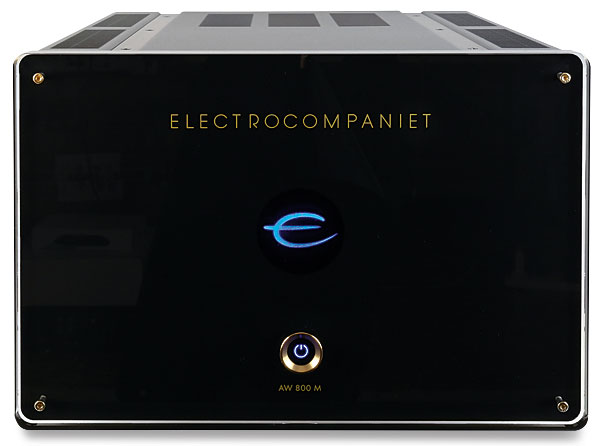
Clever Cube
By contrast, the power amp, a substantial 55kg 406x292x488mm (whd) block, has rather more trickery up its sleeve. The 'mono' architecture here is, in fact, stereo by design but with the facility to bridge the two sides into a single channel capable of twice the voltage. It would therefore make perfect sense to buy a single AW 800 M, keeping the total pre/power budget down to well under £25,000, and then consider adding a second amplifier at a later date.
In high-end hi-fi terms, all this pricing looks pretty sensible, especially when you consider that the entire range is still built in Tau, on the north-west coast of Norway, where Electrocompaniet has been located since its acquisition by Westcontrol. The parent company makes electronics systems for everything from aviation and automotive applications to robots and fish-farming. The production set-up is highly automated, from PCB population and flow-soldering to final quality testing, so the entire design and build remains in-house.
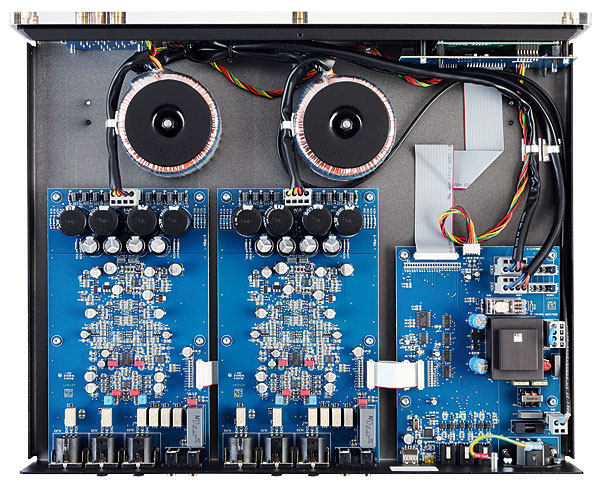
Heavyweight Heatsinks
The AW 800 M uses Electrocompaniet's familiar direct-coupled, high slew-rate, wide open-loop bandwidth topology, and its performance is reflected in the low distortion, low noise and wide response of PM's independent measurements. The power amp proper takes the form of two modules, each complete with its own power supply smoothing and regulation plus heavyweight heatsinking for the 32 high-current bipolar transistors. The 'dual mono' design also extends to its pair of toroidal mains transformers, each screened under a chromed metal enclosure.
Both amplifiers featured here are part of what Electrocompaniet calls its 'Classic' range, separate from its 'EC Living' lineup of compact streaming speakers and electronics. The EC 4.8 MKII preamp has two sets of balanced inputs on XLRs, and three RCA line-ins, including an AV/home theatre bypass feeding straight through to the outputs at fixed level. A blue-on-black display shows the connected input, plus volume setting, but the main outputs are on balanced XLRs only. The RCAs are fixed-level line-outs for anyone still using an analogue recorder.
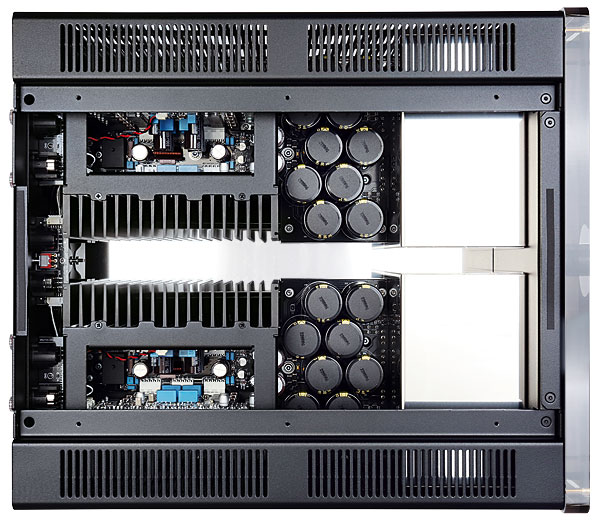
Making A Connection
The relatively greater complexity of the AW 800 M amplifier requires more care with the selections on the rear panel switches and the connections to the preamp and speakers, which run to three pairs of XLRs on the input side, and a total of eight speaker terminals. Used as a mono amp, just the central XLR input and two of the red 'positive' terminals are employed, with the toggle switch below the central input set, naturally, to 'mono'. Stereo operation, the mode used in our listening sessions, requires you to connect the outer XLR inputs, marked for left and right channels, while there's also provision for bi-amping via the amp's corresponding daisy-chain 'Link' outputs.
